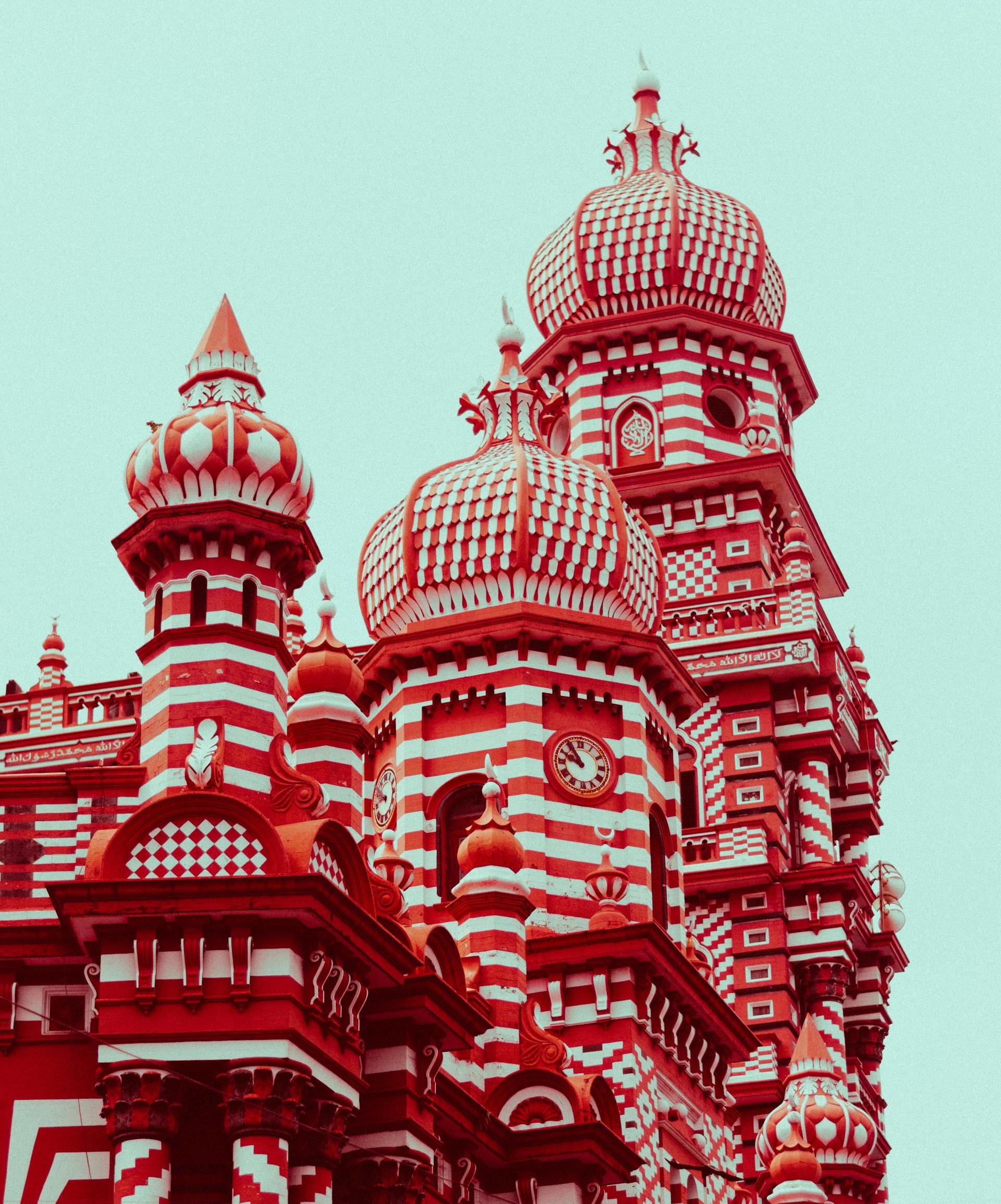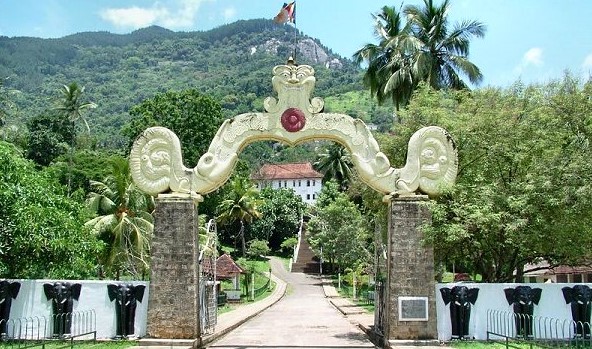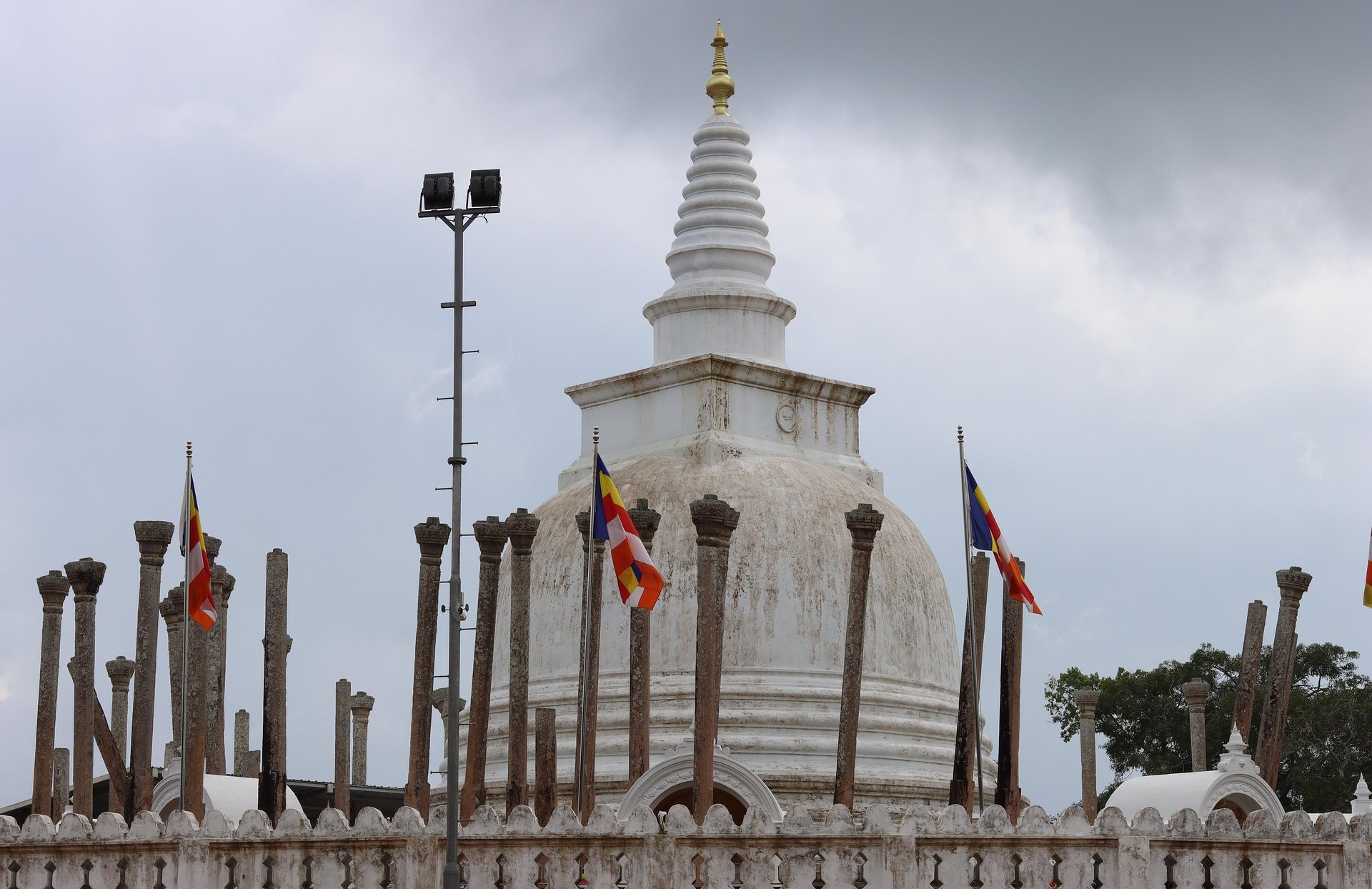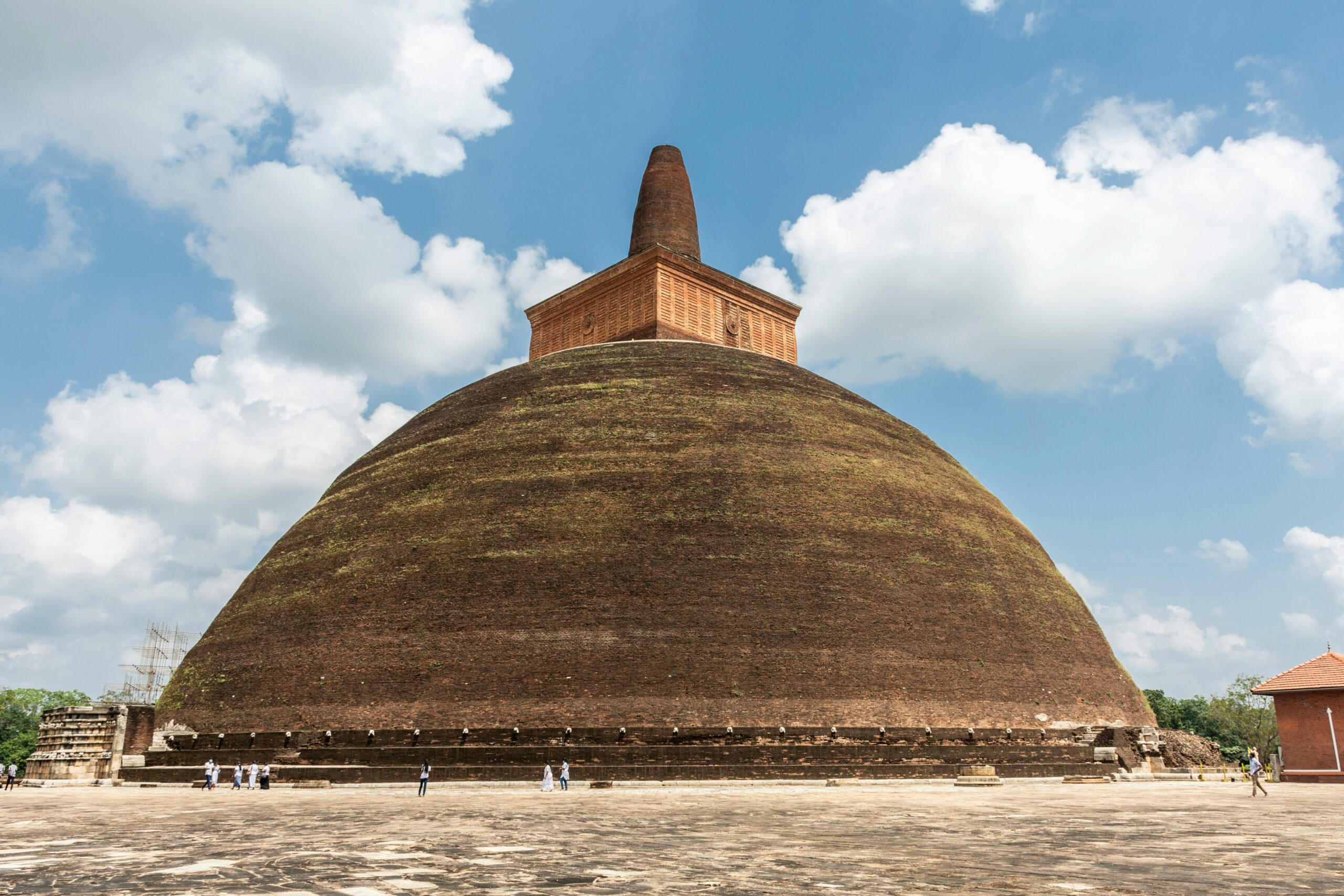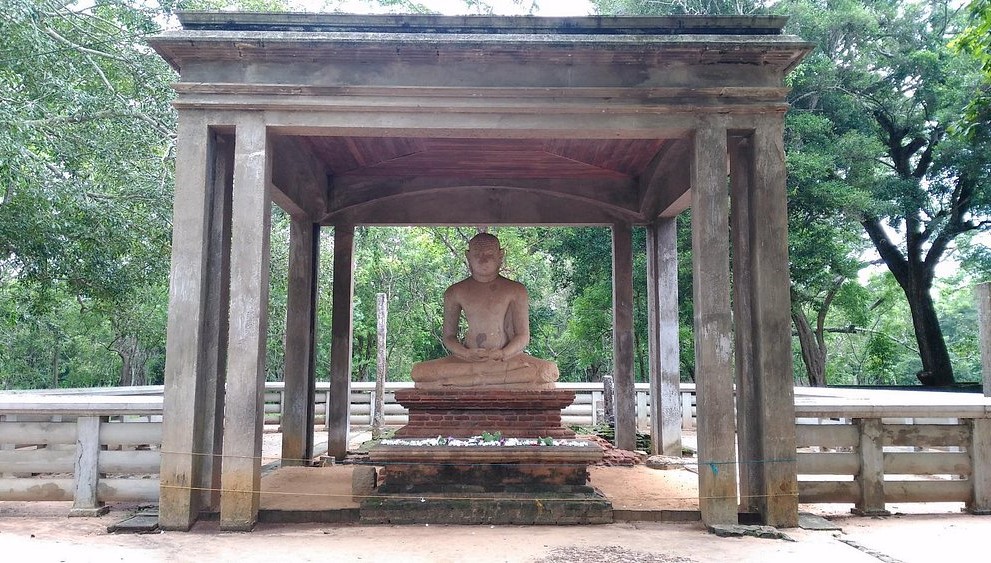Discovering the Magnificent Maligawila Buddha Statue
Nestled amidst the serene landscapes of Sri Lanka lies the awe-inspiring Maligawila Buddha Statue, a testament to ancient craftsmanship and spiritual reverence. Carved during the 7th century by Prince Aggabodhi, this towering figure stands as the tallest free-standing ancient Buddha statue in the country,…
Unveiling the Magnificent Buduruwagala Buddha Statue
Tucked away in the heart of Sri Lanka’s Moneragala District lies a hidden gem for travelers seeking cultural and spiritual enrichment – the awe-inspiring Buduruwagala Buddha Statue. Standing proudly amidst the rugged landscape, this monumental rock temple boasts a history dating back to the…
Panchamuga Anjaneyar Kovil in Colombo
Panchamuga Anjaneyar Kovil, situated in Colombo, Sri Lanka, is a captivating Hindu temple dedicated to Lord Hanuman. The temple’s name, “Panchamuga,” translates to “five-faced,” symbolizing Lord Hanuman’s five-faced form, an embodiment of devotion, strength, knowledge, courage, and power. Why Visit Panchamuga Anjaneyar Kovil? A…
Exploring the Elegance: Jami Ul-Alfar Mosque in Colombo
The Jami Ul-Alfar Mosque, affectionately known as the Red Mosque, graces Colombo’s Pettah district, offering a captivating blend of history and architectural splendor. Constructed in 1908, its iconic red and white striped facade beckons both locals and tourists alike. The Red Mosque is one…
Aluvihare Rock Cave Temple in Matale: Unveiling Ancient Wisdom and Spiritual Serenity
Nestled in the picturesque city of Matale, the Aluvihare Rock Cave Temple stands as a sacred repository of Sri Lanka’s rich cultural and religious history. Tucked away amidst lush greenery, this temple is a haven of tranquility and a treasure trove of ancient wisdom….
Gangaramaya Temple in Colombo: A Spiritual Haven in the Heart of the Capital
Nestled in the vibrant heart of Colombo, Gangaramaya Temple stands as a revered sanctuary of spirituality and cultural richness. Situated in the bustling neighborhood of Hunupitiya by the Beira Lake, this iconic temple is a harmonious blend of history, architecture, and religious significance. Located…
Kuttam Pokuna in Anuradhapura: Twin Ponds of Ancient Elegance
In the heart of Anuradhapura, there’s a unique place called Kuttam Pokuna, and it’s not your typical spot. These are twin ponds that whisper tales of ancient Sri Lanka’s architectural brilliance. Let’s dive into what makes Kuttam Pokuna special and why it’s a must-see….
Thuparamaya Stupa in Anuradhapura: A Sacred Place of Buddhism
In the old city of Anuradhapura, there’s a special place called Thuparamaya Stupa. It’s not just any place; it’s the oldest stupa in Sri Lanka and holds a lot of meaning for people who follow Buddhism. Let’s explore what makes Thuparamaya special and why…
Jethawanaramaya Stupa: An Ancient Marvel in Anuradhapura
Standing proudly in the ancient city of Anuradhapura, the Jethawanaramaya Stupa is a colossal architectural masterpiece that echoes the grandeur of ancient Sri Lanka. Constructed during the 3rd century AD under the reign of King Mahasena, this stupa is a testament to the advanced…
Samadhi Buddha Statue: A Meditative Marvel in Anuradhapura
In the ancient city of Anuradhapura, amidst the echoes of history, stands the serene and contemplative Samadhi Buddha Statue. This remarkable statue is not just a sculpted form; it is a embodiment of profound spiritual calm and a symbol of the rich Buddhist heritage…




